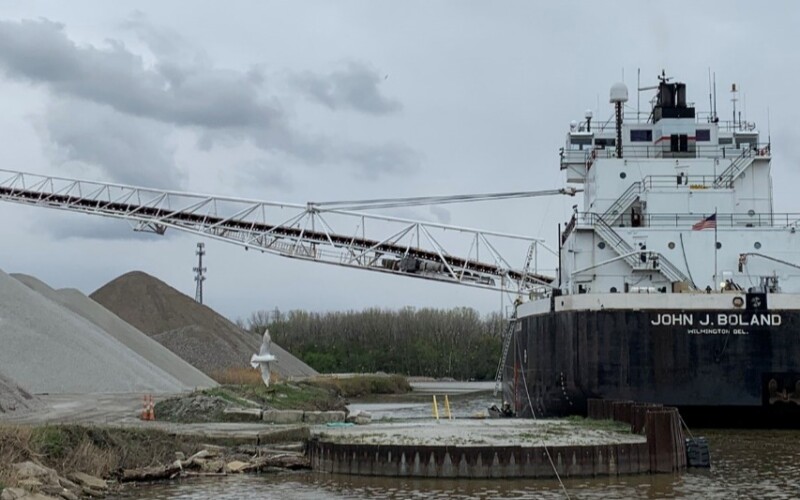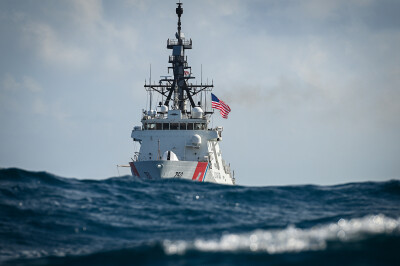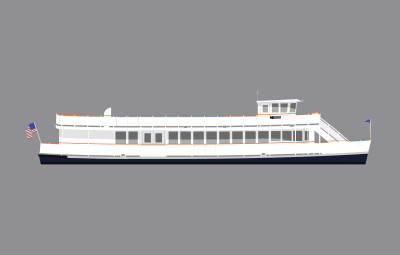The crew of a Great Lakes bulk carrier had inadequate guidance on underkeel clearance, leading to the vessel’s grounding in Lake Huron after loading a cargo of limestone aggregate, the National Transportation Safety Board reported.
The 680’x78’, John J Boland grounded twice as it was completing final loading in Port Dolomite, Mich., April 21, 2023. After it was underway, the crew discovered flooding and damage to the hull calculated at more than $775,000.
The 13,862 GRT bulk carrier, owned by the American Steamship Company and operated by Grand River Navigation, Inc., was at 620’ Carmeuse Americas dock (also known as the Cedarville dock), located in Port Dolomite, Mich., to load 30,000 tons of aggregate.
The ship’s first mate “created a load plan based on past load plans, the ship’s loading and stability software and the operating company’s draft guidance spreadsheet,” according to an NTSB summary. The load plan called for the ship draft to be no greater than 26’ 8” inches.
“The first mate believed the operating company’s draft guidance included a safety factor that would provide additional underkeel clearance between the vessel and the shoal, or shallow water, but the draft guidance did not include a safety factor,” according to eh NTSB investigators, who worked closely with their counterparts from Coast Guard Sector Sault Ste. Marie.
Nor did the operating company’s safety management system provide guidance for creating load plans related to minimum underkeel clearances to be maintained during loading operations, the investigators found.
“To safely carry out cargo loading operations, it is important for vessel crews to understand the characteristics of the facilities where they will be operating, including the depth of water at the dock and potential hazards, such as nearby shoaling, that could impact the loading process,” the report said. “Effective company policies and guidance for cargo loading include pertinent information, such as clearly identifying expectations for required underkeel clearance, to assist personnel developing load plans with identifying and mitigating hazards.”
NTSB officials also say the master’s decision to use the main engine to free the vessel after it grounded a second time also caused the hull damage.
“To free the vessel after it first grounded, the crew used mooring lines to move it ahead. After it was free, the crew continued to load the vessel, which likely placed the vessel harder onto the shoal,” they reported.
“The master used the vessel’s main engine to free it and back off the dock after the second grounding because the vessel was ready to depart. The vessel’s hull would have scraped along the bottom as the master backed the vessel off the dock.”





